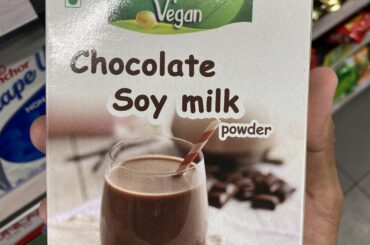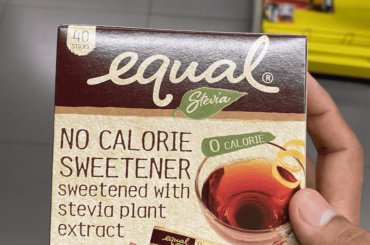Knowing about the glycemic index is important when managing your diabetes and nutrition. It is important to select food that is low in the glycemic index can help you to achieve good blood sugar control.
What is the glycemic index?
The glycemic index is a value given to each food that varies from 0 – 100. Zero is equal to water, and 100 equals glucose.
The glycemic index gives an idea about how fast your blood sugar levels will rise after consuming that particular food. Usually, this time is two hours.
A high glycemic index food will rapidly increase your blood sugar level, and food with a low glycemic index will gradually increase your blood sugar levels.
The glycemic index is not to be confused with glycemic load, and the glycemic index value doesn’t represent the amount of carbohydrates in that particular food.
The glycemic index and diabetes
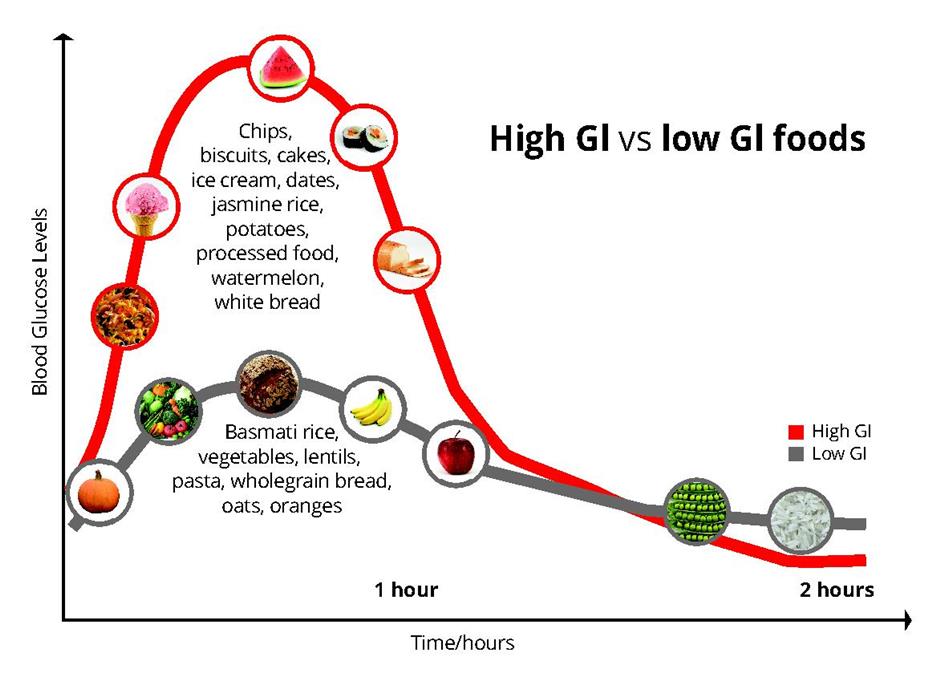
For someone living with diabetes will have difficulty in lowering their blood sugar levels, either because of lack of insulin (type 1) or due to defect in the insulin receptors (type 2).
And when someone with diabetes consumes food with a high glycemic index, their blood sugar levels will shoot up, and due to the change in physiology due to diabetes, they will have difficulties in lowering their blood sugar levels.
They will put on a strain on the pancreas to produce more insulin, and that is also not good for the pancreas in the long term.
If you have diabetes, doctors recommend you to have food with a glycemic index of 60 or less.
- Food with a glycemic index of 70 and above are considered high.
- Medium glycemic index food has a glycemic index between 50-70.
- Food with a low glycemic index has a glycemic index below 50.
Food with a high glycemic index

These are some food that has a higher glycemic index. If you have diabetes, you should avoid these foods as much as possible or consume them in smaller amounts.
- Sugary food – Chocolate, cake, etc
- Potatoes
- White bread
- White rice
- Dates
- Corn flakes
- Watermelon
- Honey
Food with a medium glycemic index
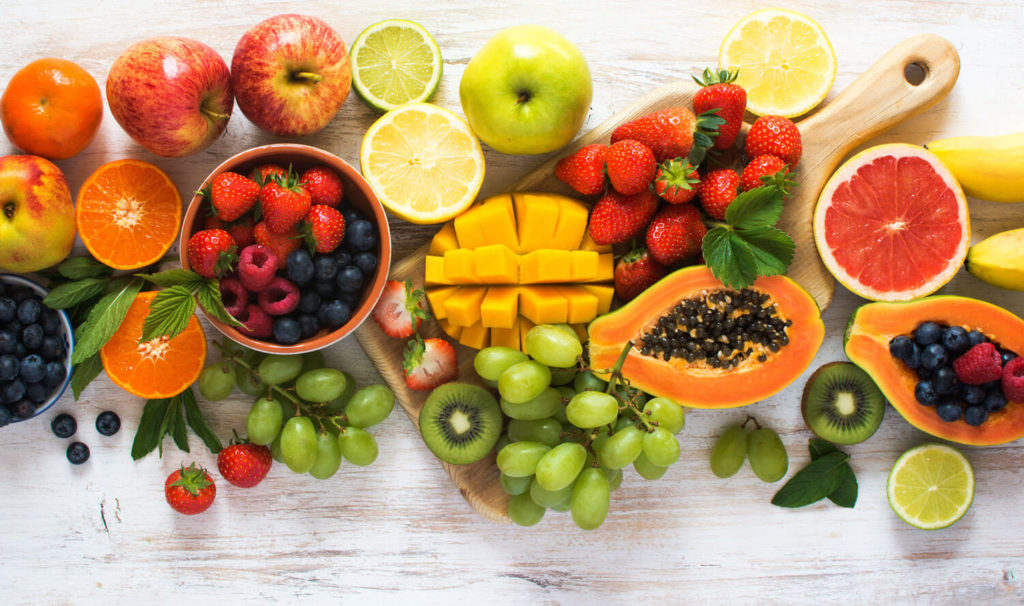
These food have a medium glycemic index between 50-70. You can consume this food in moderate amounts if you have diabetes.
- Bananas
- Sweet corn
- Pineapples
- Whole wheat bread
- Oatmeal
- Kiwi fruit
- Brown rice
- Orange juice
Food with a low glycemic index
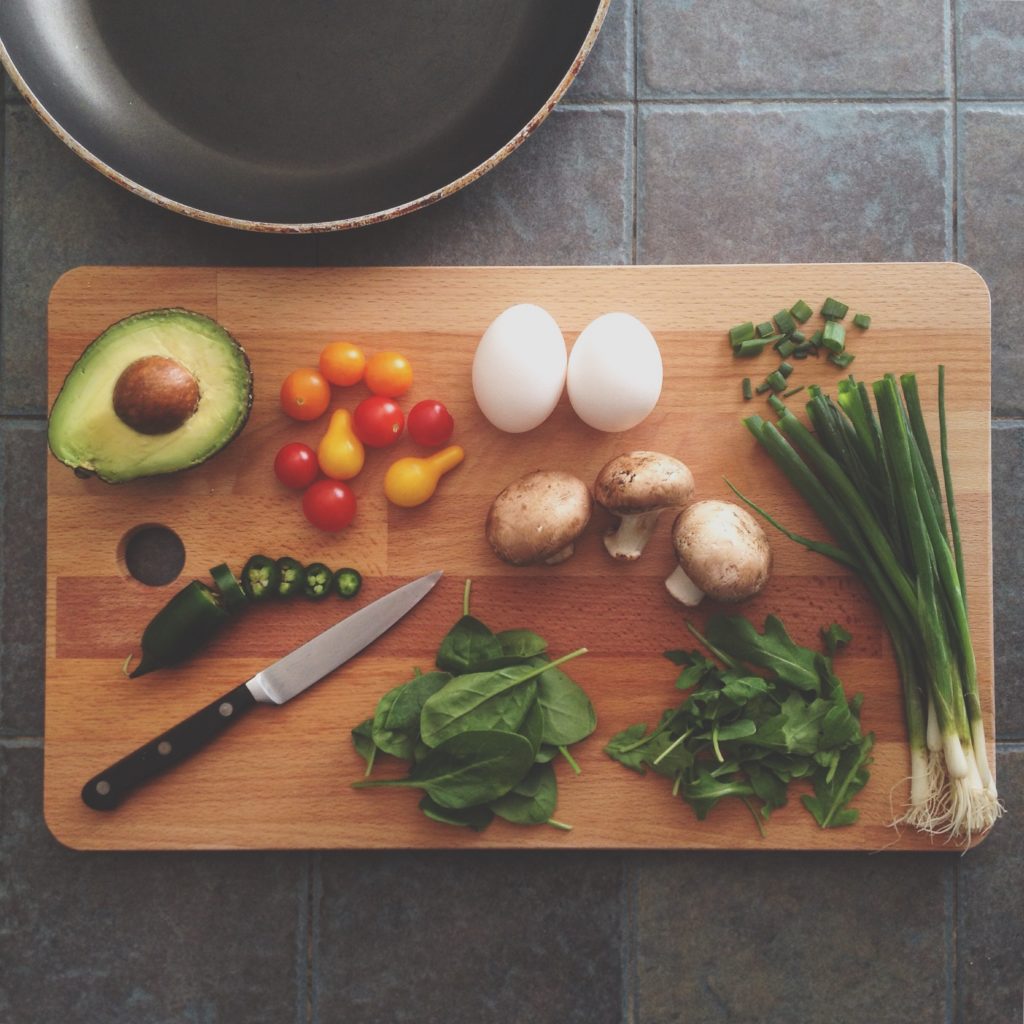
These foods have a low glycemic index, and these are good for someone with diabetes as they will have a slow rise in blood sugar levels.
- Most nonstarchy vegetables
- Apples
- Oranges
- Soy milk
- Nonfat milk
- Peanuts
How to know the glycemic index of a particular food?
The glycemic index will differ from one food to another. The only way to know the glycemic index of a food is to look it up on the internet, where you will find glycemic indexes of different food calculated by scientists.
Some food will have their glycemic index printed on the package or the nutrition section.
You will not be able to judge the glycemic index of a particular food just by tasting it. A sweeter food can have a low glycemic index, while a bitter food can have a high glycemic index. Therefore always check the glycemic index of food on the internet or by checking the packaging.
Processed food with a low glycemic index
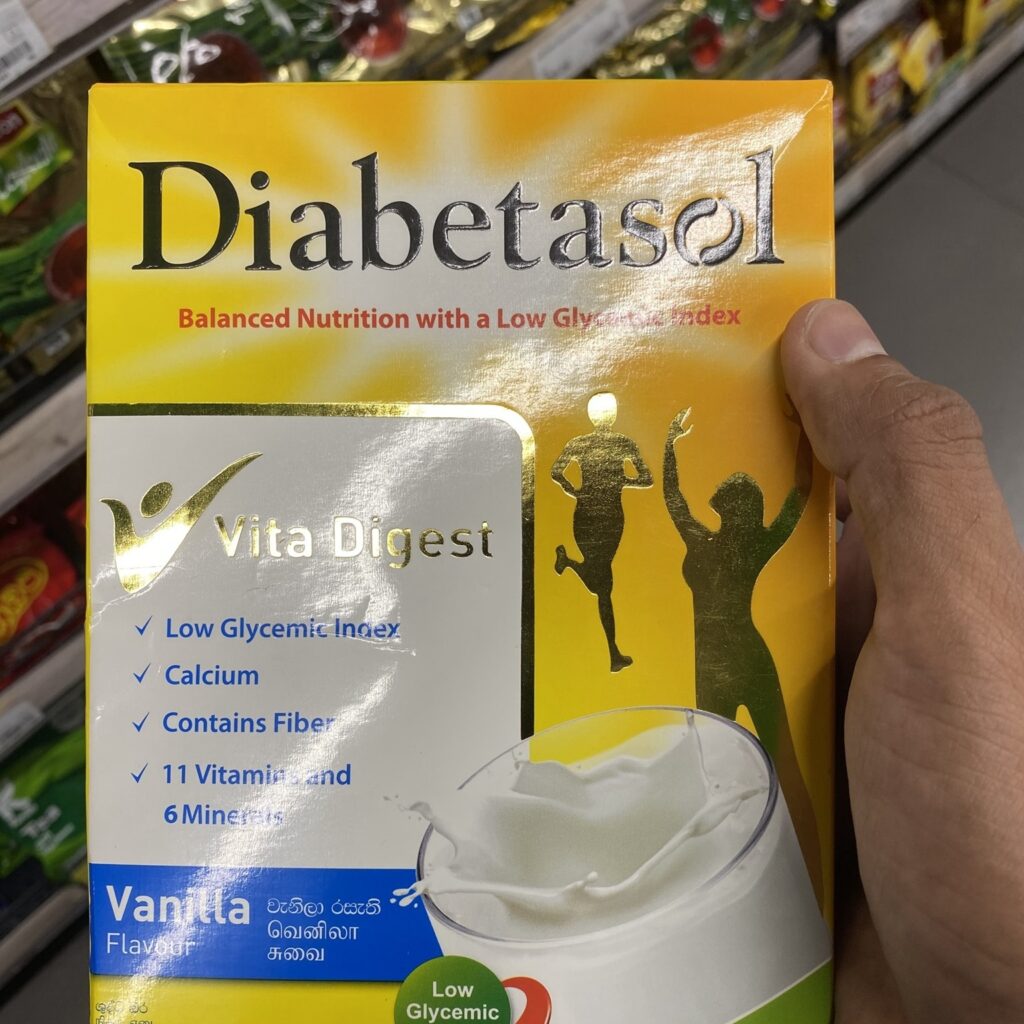
Food processing can change the glycemic index of food on a wide range.
For example, rice with barn can have a lower glycemic index due to their high fiber content when compared with white rice with their barn removed.
The opposite happens when you reduce the fiber content and increase the concentration of some foods. For example, the glycemic index of orange will increase from low to medium when you make orange juice out of oranges.
The glycemic index of some food can be lowered artificially by various food processing methods.
The same white rice can have a lower glycemic index by parboiling. The same applies to milk. Milk can also be processed in ways that reduce their glycemic index.
However, due to the processing, the price of this artificially lowered glycemic index food tend to be higher than the naturally low glycemic index food. For example, parboiled rice can be more expensive than rice with their barn.
Should I eat low glycemic index food?
Even if you have diabetes or don’t have diabetes, it is always better to make sure that you eat food with a medium to low glycemic index as much as possible. It will help you to reduce your body’s insulin resistance and reduce the risk of developing diabetes in the future. If you have diabetes, this will help you to control your blood sugar levels.

